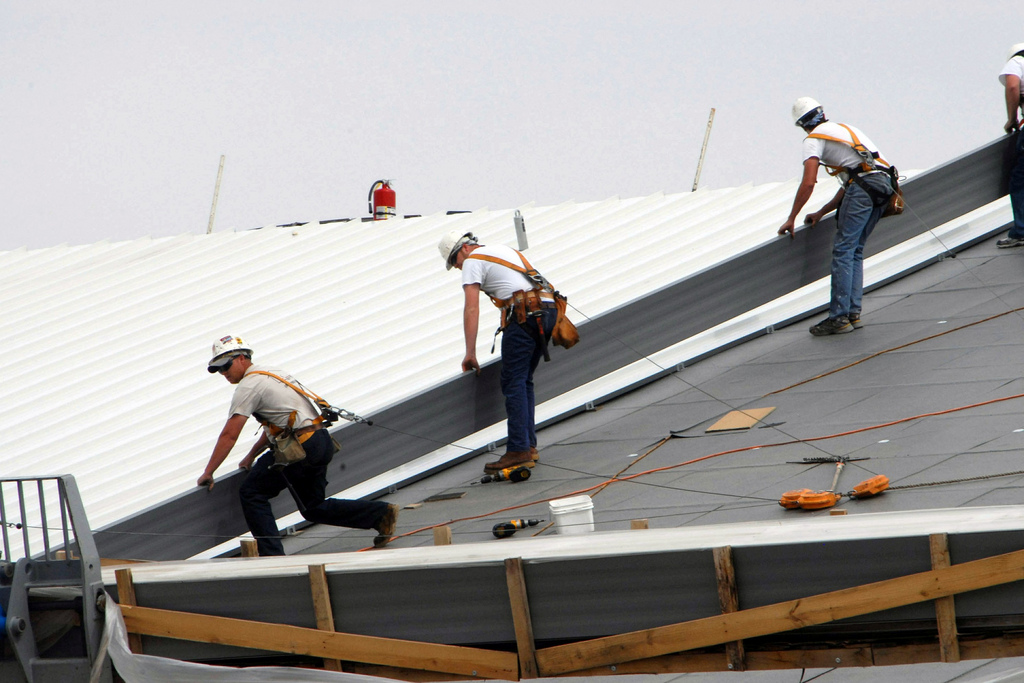Understanding Roof Inspections: What Should You Expect
Roof evaluations are a essential part of home maintenance that often go ignored. Many householders may not understand the value of routine roof assessments and their specifics. When it comes to safeguarding your home, comprehending the roof inspection process can help you spot potential issues before they become significant problems, ensuring both your safety and your property value.
During a roof inspection, professional roofers will examine various aspects of your roofing system, searching for signs of deterioration, harm, or impending failure. But what should you look forward to when you schedule a roof inspection? In this write-up, we'll investigate the essential elements of the inspection process, how to know when it’s time for a roof replacement, and the importance of staying informed about roofing maintenance and repair choices. Whether you are considering a roof replacement or simply want to prolong the life of your existing roof, comprehending what happens during an inspection is important for every homeowner.

When is the Right Time to Replace Your Roof
Knowing when it's time to replace your roof can save you from costly repairs and ensure the safety of your home. One important aspect is the duration of your roof's existence. Most roof materials come with defined lifespans; for example, asphalt shingles typically last 20 to 25 years, while metal roofs can last four to seven decades. If your roof is getting close to or has surpassed its expected lifespan, it may be time to start planning for a replacement.
Another significant sign is the quality of the shingles. Look for missing, cracked, or curling shingles, as these can jeopardize your roof's strength. Additionally, if you see granules from shingles building up in your gutters or if the roof has noticeable degradation in various places, it’s a definite sign that you might need to replace it. Regular inspections can help detect these problems early, enabling you to address them before they escalate.
Finally, be alert for signs of roofing troubles indoors. Water stains on ceilings or walls, mold or mildew in the attic, and rising utility costs can all suggest that your roof is having problems. If you see these signs, it's crucial to reach out to a roofing specialist. https://aaroofingpro.com can evaluate the issue and help you figure out if you need a full roof replacement or if minor repairs can extend its life.
Frequent Rooftop Issues and Solutions
Property owners regularly experience multiple rooftop problems which may influence the integrity as well as functionality of the roofing systems. One of the most common problems includes roofing leaks, which may be caused by defective tiles, flashing failures, or wear around the area of chimneys and vents. To resolve leaks, it's crucial to locate the cause first. Property owners may look for dark spots in the ceiling or marks of water, which show the locations where repairs are required. Short-term solutions such as tarpaulins can serve until a licensed expert is able to make long-term repairs.
A further common concern includes the buildup of debris in the roof, such as foliage, branches, and dirt, that can result in the growth of mold and standing water. Regular cleaning remains essential to maintain proper drainage and mitigate moisture-related damage. Homeowners can arrange periodic evaluations or engage professionals to clear their roofs as well as drainage systems. Such anticipatory strategy not only enhances the a roof's aesthetic and also prolongs its lifespan.
Lastly, homeowners must be aware of the effects of extreme climate, that may result in harm such as missing shingles and dented metal roofs. As soon as a severe weather event strikes, it's vital to perform a thorough inspection after the storm. Addressing any apparent damage promptly may forestall further complications. In case substantial damage occurs, consulting a licensed roofing expert for a detailed evaluation and fix is recommended to ensure the fact that the roofing remains sturdy as well as free from leaks.
Choosing the Appropriate Roof Option
Choosing the right roofing material is important for providing the durability and functionality of your house. Different options offer different benefits and drawbacks that can affect not only the appearance of your house but also its long-term care needs. Bitumen shingles are popular due to their cost-effectiveness and simplicity of installation, making them a good choice for many property owners. On the other hand, steel roofing offers excellent durability and can resist severe climatic conditions, though it typically is available at a increased upfront cost.
When considering roofing materials, it's essential to evaluate your regional weather conditions, the design of your home, and your personal preferences. For example, tile roofs are an appealing option in warmer, Mediterranean-style houses, providing thermal regulation. Conversely, if you live in an area prone to significant snow accumulation, a sloped roof with durable materials may be the optimal option to avoid snow accumulation and potential leaks.
Another important factor is the environmental impact of your roof material. Sustainable roofing choices, such as green roofs or environmentally friendly materials, are increasing in acceptance among green-minded property owners. These options not only reduce energy costs but also contribute to ecosystem diversity and improve atmospheric conditions. By carefully weighing the advantages and disadvantages of each roofing material and considering long-term effects, property owners can make an educated decision that suits their needs and wants.